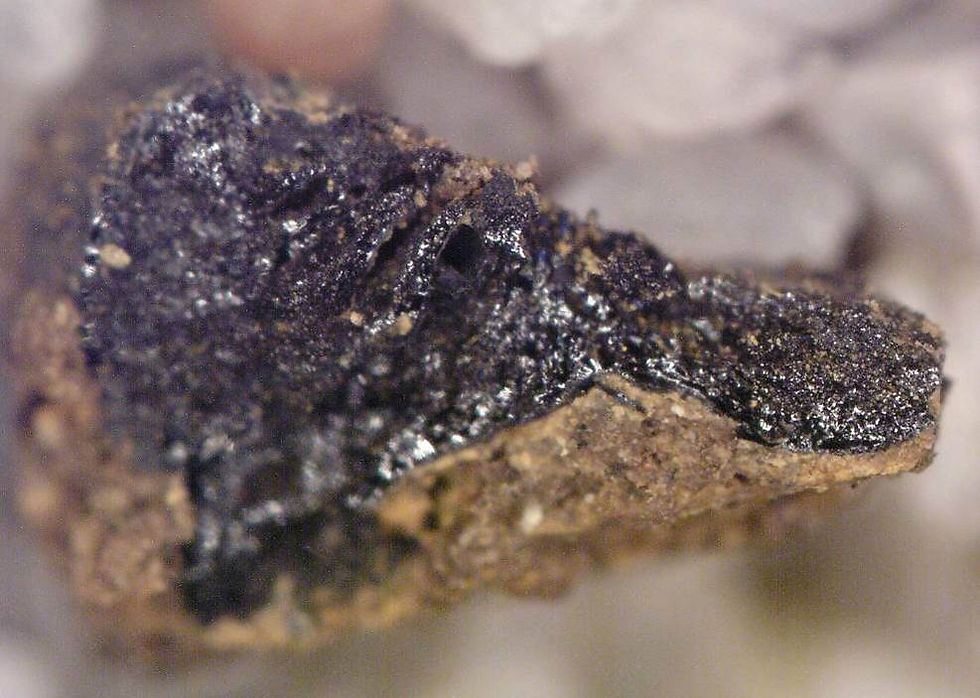S
pecialists
Archaeology is a multidisciplinary science involving many specialists, with methods specific to each field. Some specialities implemented in the Menez-Dregan I excavation program are presented here.

The study of stone tools: techniques used, methods used, processes implemented, and production objectives. “Knapping” is to fracture a rock in a methodical way, using a set of processes and knowledge, in order to achieve a set result. Figure in “Technologie de la pierre taillée”, M.-T. Inizan, H. Roche, J. Texier & M. Reduron.

Topography makes it possible to represent the fieldwork at all the stages of the excavation, and to present on a plane all the discovered archaeological objects and the excavated structures. Topographic surveys are carried out using a tacheometer, which records for each object their respective x, y and z spatial coordinates (abscissa, ordinate and height), in order to restore the location of each discovery on an overall plan of the excavation.

The study of pollen grains and spores. Palynology makes it possible to determine the identity of the plant (species, genus, family) that produced the pollen according to the morphological characters of the grain observed. Palynology data allows to reconstruct the plant environment of the site, and the influence of hominin presence on the evolution of the vegetation.

This is the study of charcoal. The anthracologist is interested in the relations between humans and their environment, the main object of study concerns the uses of wood. Charcoal collected during archaeological excavations and from domestic fuelwood has helped to understand the history and evolution of landscapes since ancient times, and can also highlight wood fuel choices.

Geoarchaeology is the discipline that studies archaeological sediments; it is the geological approach of an archaeological site. The geoarchaeologist defines the stratigraphic succession of the site, as well as the history of the implementation of sedimentary deposits.

This is the study of the shape of landscapes, their setting up and their evolution, in order to reconstruct the geographical and plant environment of a site, and thus to evaluate the possible modifications made or undergone by the past human populations. The geomorphologist studies the succession of the layers of the soil (stratigraphy), and observations allow us to reconstitute the past landscapes and to understand the environment in which humans evolved.

The purpose of palaeoparasitology is the detection of eggs of intestinal parasites of humans or animals, in order to provide information on the state of health of the populations as well as on their living conditions (hygiene, food, etc.). These analyses also provide indications of human and animal presence in the structures and stratigraphic units studied.

Palaeogenetics is a discipline that focuses on the retrieval and analysis of DNA from organisms of the past from their fossil remains. At Menez-Dregan, palaeogenetics has identified some highly degraded bone remains, such as an Equid or a perissodactyl.

Digitizing artefacts allows them to be documented, categorized, or accurately analysed. It also makes it possible to share them easily within the community of researchers.

Post-excavation work consists of processing all the archaeological items that have been excavated, and includes all activities around artefacts: washing, marking, repackaging objects for archiving, database work, taking photographs, and sorting data.
ating methods
D
There is a distinction between relative dating, where we estimate a timing of one element with respect to another (this is the case of stratigraphy, typology, or even biochronology for example), and absolute dating, where we get a date by a measurement. Several methods of absolute dating exist, and differ in their usage according to their chronological scope or according to the object they are able to date.
On the site of Menez-Dregan, since the very rare bones found are too damaged, we cannot date them. Only sediments and heated stones can be dated from the site. In addition, the site is also very old, since it was occupied by humans between 500 000 and 300 000 years ago: so we cannot use all available dating methods (for example, Carbon 14 cannot date beyond 50,000 years).
The absolute dating methods that can be used at Menez-Dregan are called palaeodosimetric because it is a question of measuring an exposure to radiation. These are ESR, OSL, IR-RF or TL.
ESR (Electron Spin Resonance) works on the sandy levels of Menez-Dregan, since it is the quartz grains that are dated. This method can go back up to more than 1 million years.
OSL (Optically Stimulated Luminescence) is the last exposure of sunlight to a sediment before burial. This method therefore works on sediments that have been covered quickly in the past. The OSL can go back up to several hundred thousand years in certain contexts.
The IR-RF (Infrared Radiofluorescence of Feldspars) works on the same principle as the OSL, but on the feldspars, these small minerals that look like quartz, and found in the rock that forms the cave of Menez-Dregan. These small minerals are found in all the strata of Menez-Dregan.
The TL (Thermoluminescence) allows us to date the minerals which have been heated to a sufficient temperature in the past. On the site of Menez-Dregan, it is used on the heated flints. It can go back up to about 500 000 years.
Depending on contexts and dated materials, the accuracy margin of each dating method is very variable. For Menez-Dregan, the dated sediments are in a naturally radioactive granitic context (rock of the cave), which disturbs the measurement signals. Thus, layer 9 is for example dated to 465 000 years +/- 65 000 years, which means 400 000 years as well as 530 000 years: the average value is then conserved, and refined in a relative manner, for example by comparing with the stratigraphic, typological or palaeoenvironmental data (type of vegetation during human occupation, distance to the shore, etc.).